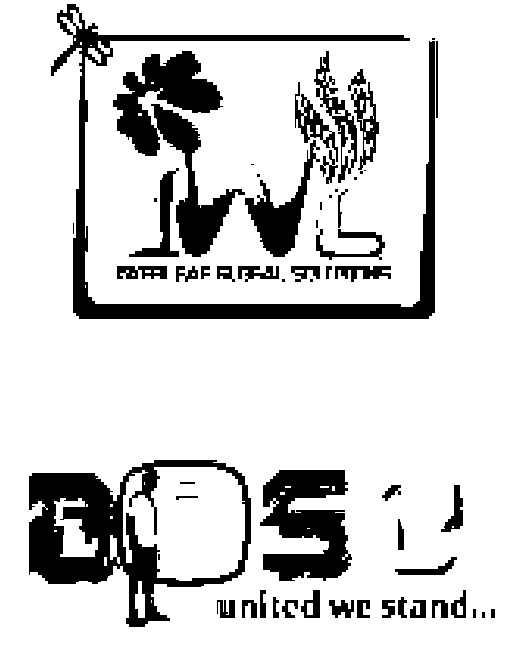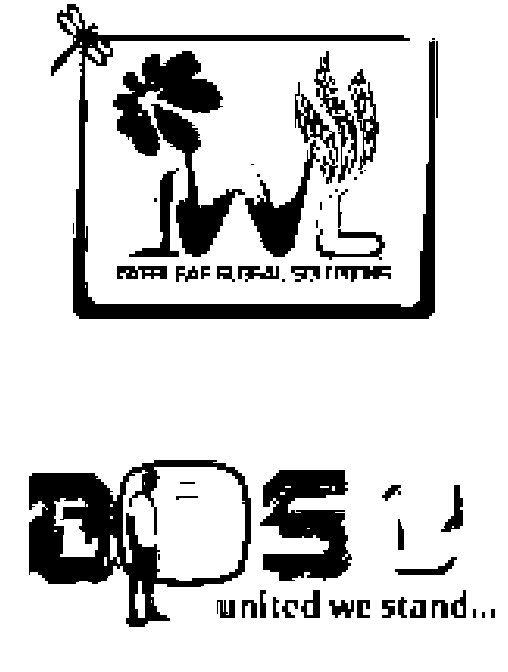Biju Patnaik University of Technology 2008-2nd Sem B.Pharm Pharmacognosy-II - Question Paper
Time : 3 Hours

Answer questions either from New or Old syllabus but not from both.
Answer Question No. 1 which is compulsory and any five from the rest.
The figures in the right-hand margin indicate marks.
1. Answer the following questions : 2 *10
(a) Define resins.
(b) Cannabis contains tannis as active constituents. Comment.
(c) Gall contains resins as active constituents. Comment.
(d) Cardamom does not contain volatile oil. Comment.
(e) Volatile oils are usually extracted by simple distillation. Comment.
(f) Terpenoids are not present in volatile oils. Comment.
(g) Nylon is a natural fibre. Comment.
(h) What is talc ?
(i) Chenopodium contains natural colour. Comment.
(j) Explain the uses of turmeric.
2. Write in detail about the source, properties and uses of : 5+5
(a) Ginger
(b) Colophony.
3. Explain about tannis, their sources and their uses in pharmacy. 10
4. What are volatile oils ? What are their chemical constituents and uses ? 10
5. Describe the general methods of extraction of volatile oils. How are they purified ? 10
6. Write short notes on : 5+5
(a) Natural allergens
(b) Antioxidants from plant origin.
7. Mention the different kinds of fibres obtained from different sources ? How is silk produced commercially ? 10
PH. 2.7 (New & Old) 3 P.T.O.
(a) Gelatin
(b) Saffron.
Answer Question No. 1 which is compulsory and any five from the rest.
The figures in the right-hand margin indicate marks.
1. Answer the following questions : 2*10
(a) Name the colouring principles present in turmeric.
(b) Give the chief chemical constituents and uses of cannabis.
(c) What is umbelliferone test and what for it is used?
(d) Name the pungent principles of capsicum.
(e) What is Borntragers test and how it differs from Modified Borntragers test ?
(f) Give two chemical tests used for detection offlavonoids in plant extracts.
(g) Give the chief active constituents and uses of fennel.
(h) Give the official source and chemical constituents of musk.
(i) Give the official source and uses of two natural colours from plant origin.
(j) Define the term Balsams.
2. Define and classify resins. Give the biological source, cultivation, collection, chemical constituents, chemical tests and uses of Ginger.
3+7
3. Give the biological source, chemical constituents, chemical tests and uses of 5+5
(a) Black catechu
(b) Myrobalan.
4. Give the complete pharmacognostic studies on clove. 10
5. What do you mean by phytochemical screening ? Write in detail about the methods used for extraction of phytoconstituents. 2+8
6. Define fibres. Give the biological source, chemical constituents, chemical tests and uses of
5+5
(a) Cotton
(b) Wool.
7. Write notes on pharmaceutical aids. 10
8. (a) Describe the general methods used for
isolation of volatile oils from plant origin. 5
(b) Give the biological source, chemical constituents and uses of podophyllum.
5
2. Write in detail about the source, properties and uses of : 5+5
(a) Ginger
(b) Colophony.
3. Explain about tannis, their sources and their uses in pharmacy. 10
4. What are volatile oils ? What are their chemical constituents and uses ? 10
5. Describe the general methods of extraction of volatile oils. How are they purified ? 10
6. Write short notes on : 5+5
(a) Natural allergens
(b) Antioxidants from plant origin.
7. Mention the different kinds of fibres obtained from different sources ? How is silk produced commercially ? 10
PH. 2.7 (New & Old) 3 P.T.O.
(a) Gelatin
(b) Saffron.
Answer Question No. 1 which is compulsory and any five from the rest.
The figures in the right-hand margin indicate marks.
1. Answer the following questions : 2*10
(a) Name the colouring principles present in turmeric.
(b) Give the chief chemical constituents and uses of cannabis.
(c) What is umbelliferone test and what for it is used?
(d) Name the pungent principles of capsicum.
(e) What is Borntragers test and how it differs from Modified Borntragers test ?
(f) Give two chemical tests used for detection offlavonoids in plant extracts.
(g) Give the chief active constituents and uses of fennel.
(h) Give the official source and chemical constituents of musk.
(i) Give the official source and uses of two natural colours from plant origin.
(j) Define the term Balsams.
2. Define and classify resins. Give the biological source, cultivation, collection, chemical constituents, chemical tests and uses of Ginger.
3+7
3. Give the biological source, chemical constituents, chemical tests and uses of 5+5
(a) Black catechu
(b) Myrobalan.
4. Give the complete pharmacognostic studies on clove. 10
5. What do you mean by phytochemical screening ? Write in detail about the methods used for extraction of phytoconstituents. 2+8
6. Define fibres. Give the biological source, chemical constituents, chemical tests and uses of
5+5
(a) Cotton
(b) Wool.
7. Write notes on pharmaceutical aids. 10
8. (a) Describe the general methods used for
isolation of volatile oils from plant origin. 5
(b) Give the biological source, chemical constituents and uses of podophyllum.
5
|
Attachment: |
| Earning: Approval pending. |

